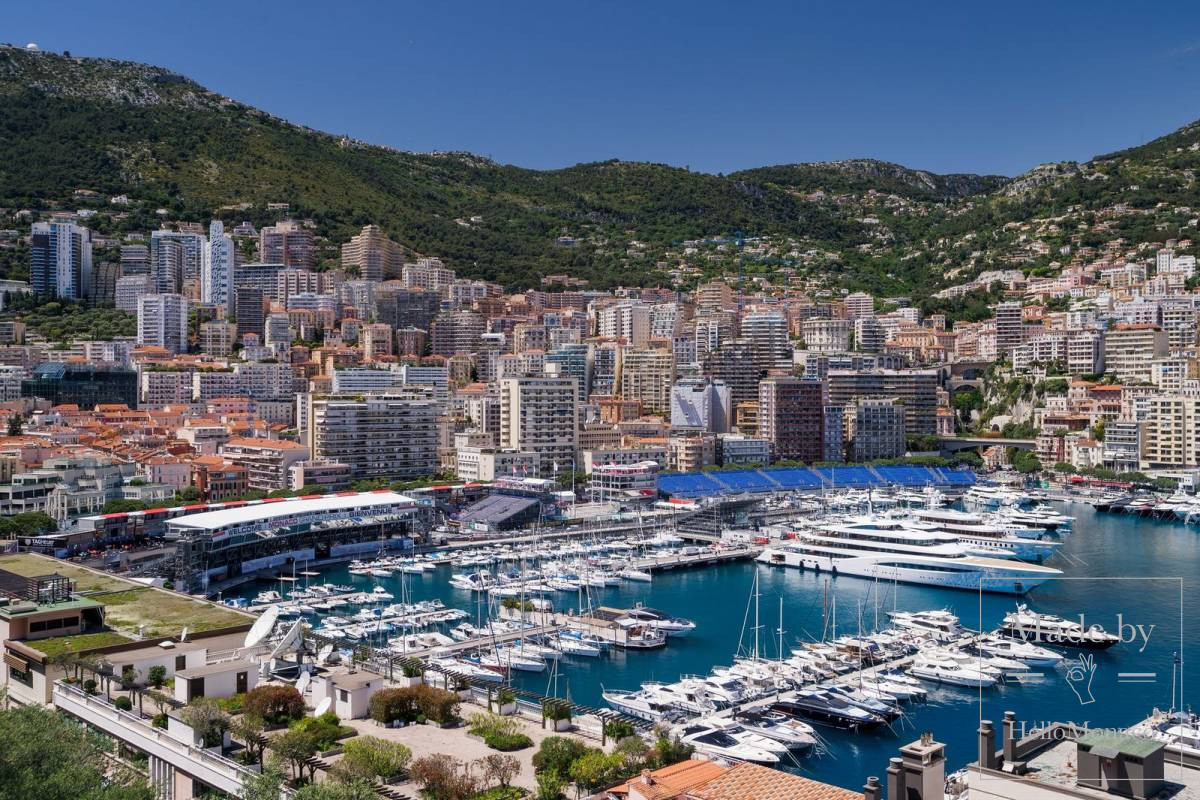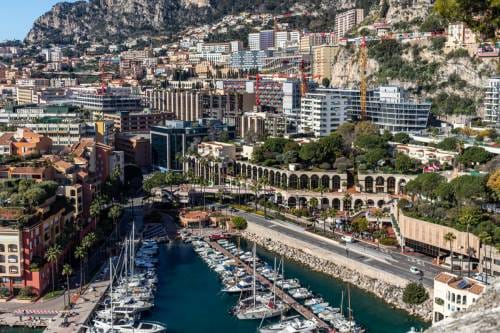The Monegasque Institute of Statistics and Economic Studies (IMSEE) recently released “Monaco Key-Figures”, an annual, in-depth publication unveiling economic statistics.
The new edition is a 283-page booklet that dives into all aspects of the Principality’s economy, from tourism to finances, employment, population and more. The information is crucial for understanding current trends, identifying opportunities for growth and meeting possible challenges.
For the first time, the publication utilized detailed results from the 2024 Population Census, using the new register-based method of calculation.
“It is with great pleasure that I present the 2025 edition of Monaco in Figures, organized around six main chapters which illustrate, through carefully selected statistics and facts, the evolution of the Principality and the vitality of its territory,” says Pierre Dubois, President of the Scientific Council for Statistics and Economic Studies.
The report begins with an overview of the Monegasque territory and its specific geographic, urban, and climatic features. It highlights ongoing efforts in sustainable development, resource management, and energy efficiency.
Next, a chapter describes Monaco’s demography, with statistics by nationality. The following chapter is about the labor market, in both the public and private sectors. It highlights changes in the workforce and the continued growth of remote working.
The comprehensive chapter on the Economy highlights double-digit growth in the Gross Domestic Product while detailing its growth drivers. Monaco reported 2.3 billion euros in revenue in 2024, 2.1 billion euros in expenditure and a budget surplus of almost 200 million euros. In 2024, the city-state’s revenue increased by 5% compared to 2023 and by 37% since 2020.
The data reflects the strength of the Monegasque economy and its public finances, marked by the diversity of local businesses.
The chapter on Public Life and Institutional Organizations traces the functioning of institutions, the Principality’s diplomatic commitment, security and justice policies, and the development of research.
Finally, a chapter on the Living Environment explores the themes of mobility, housing, education, health, social action, as well as cultural and sports life.
“Monaco Key-Figures” is available for sale at €15 from Monaco Statistics (IMSEE) or by mail order and can be downloaded for free from the IMSEE website.









